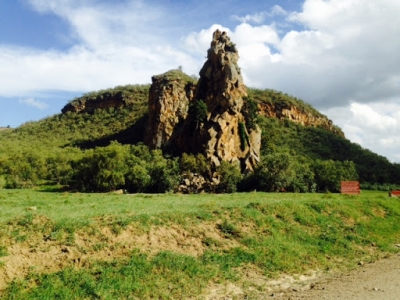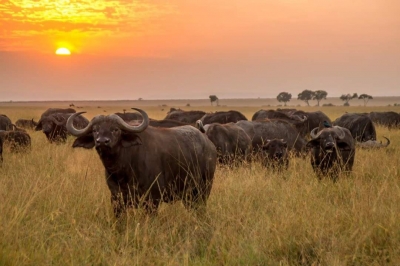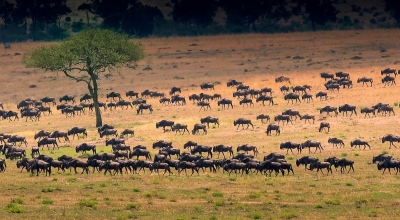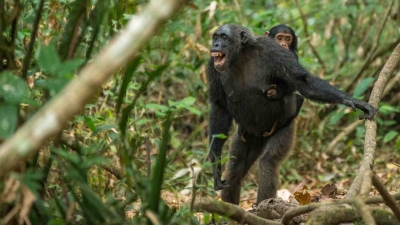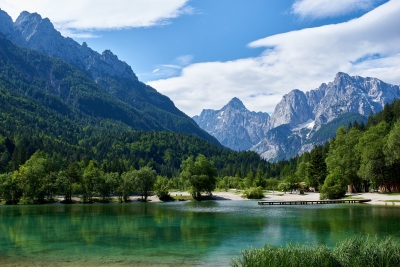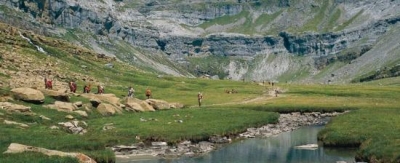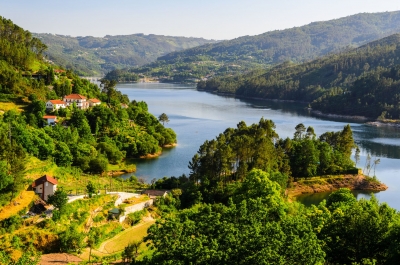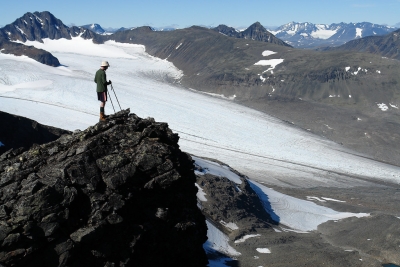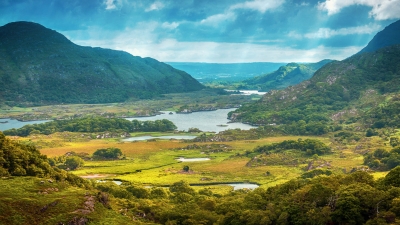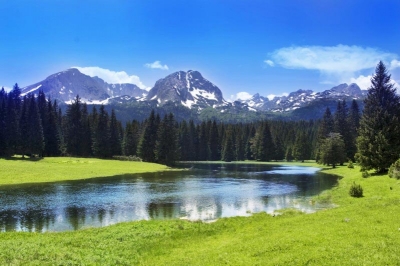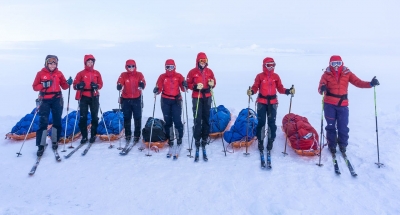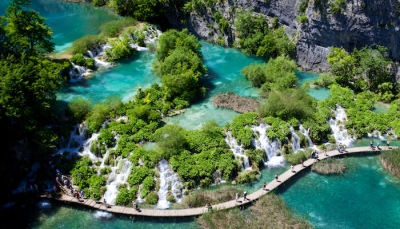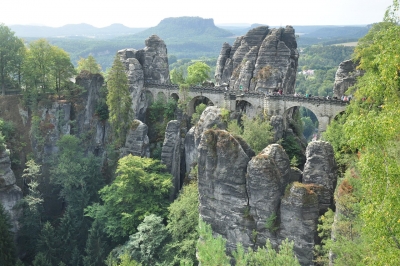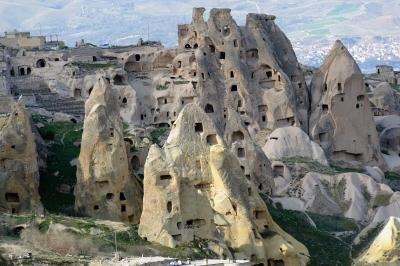When was the creation of Ivindo National Park announced?
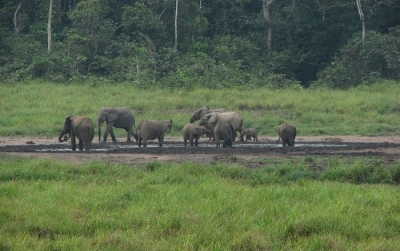
The creation of Ivindo National Park was announced at the Earth Summit back n 2002 by the then President of Gabon, Omar Bango.
Ivindo National Park contains Langoue Bai, one of the five most important forest clearings in Central Africa. Bai is the local name for an open, marshy clearing within the heart of a primary rainforest. The existence of such clearings was discovered only in the 200s. Herds of African buffalo and African forest elephant are found here. Western lowland gorillas too come here at times.
The Park also has a notable bird population; there are around 430 species of birds in Ivindo.
Picture Credit : Google
